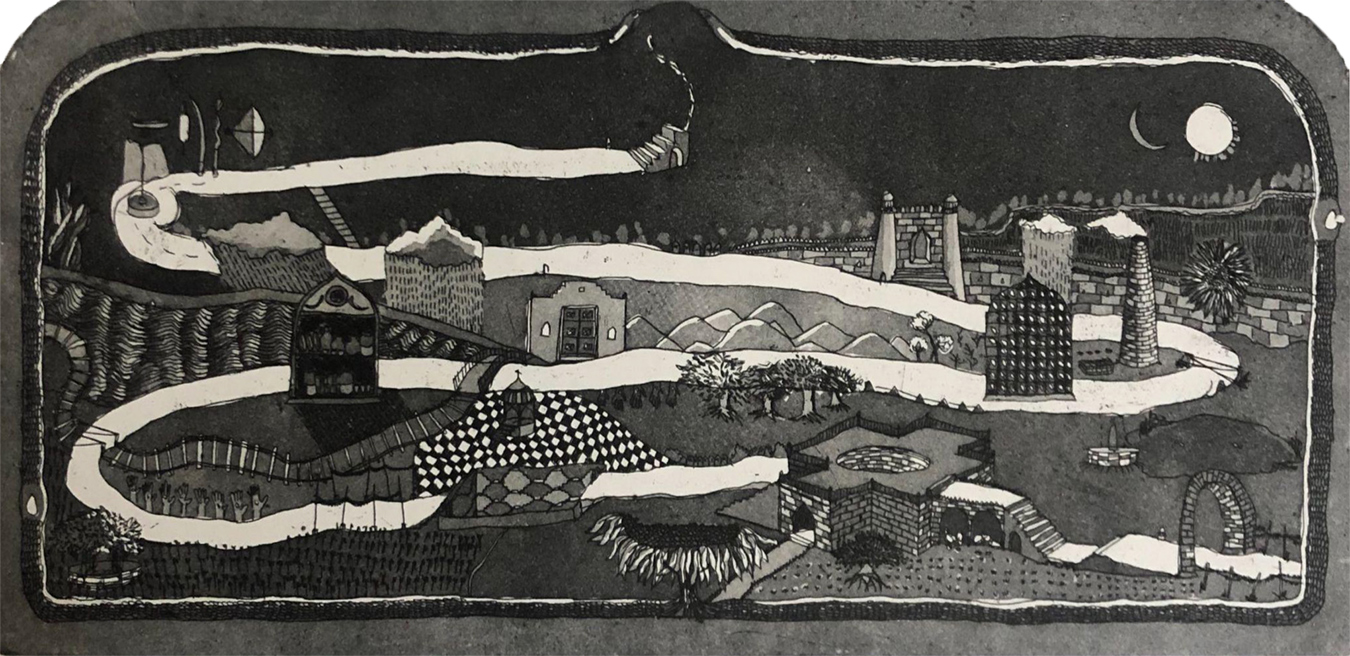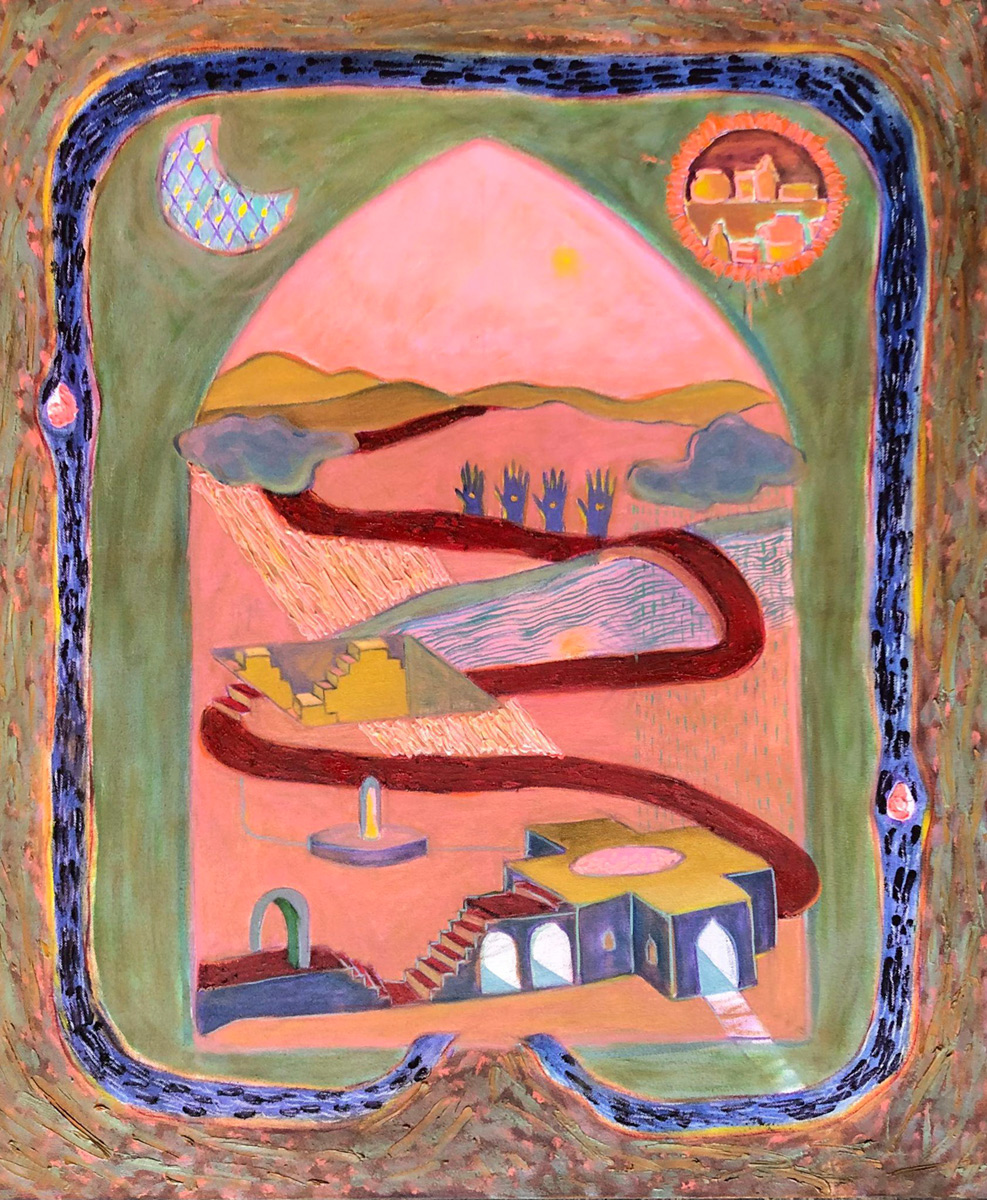
Baara Maasi
by Priyanka Kumar
Rajasthan, Ganganagar, India
I am from Rajasthan, the state where the women to men gender ratio is so low that people marry two brothers to the same women. I used to look forward to traveling to my hometown every summer and winter vacation. I would get up early and see the women of the house wake up at dawn and tidy the house, sweep and do chores, feed the cows and dogs, take a bath, and then perform pooja and cook food for the day. We used to sit in bullock carts and go to the fields of our family which were around four kilometers away from our house in the village and pick cotton, cut sugarcane, or water the wheat, depending on the season and time of the year. As we grew up, we went less to the fields. We were not growing the crops anymore because of factors such as a decrease in soil quality which in turn decreased the per hectare growth and the climate. It was too hot for the cotton to grow and too dry for the wheat. The fields were watered by the man made dam called in local language the “baara maasi” which loosely translates to “twelve months” referring to flowing water being present for twelve months. The dam was the only source of water for our village and many nearby apart from the low levels of hard water available for house chores and drinking. The image that has stuck with me over the years is that of us traveling on bullock carts sitting on top of bundles of crops. The landscape was dark as it used to be, dim, foggy, and devoid of any human presence. Inside, one could hear the women of the house slowly but steadily working, the sound of their bangles chinking against each other making the view beautiful and almost serene. It is now only a hazy memory. I had the chance to move to an urban city and get a good education, We do not go there anymore as we are busy with our city life and many people moved to the city from the village as well, but I still see my village when I close my eyes.
My work presented in the portfolio is based on two sides of a coin. One where we see women in their element and another where I use architecture to bring about harmony between various elements. Struggling with a hide and seek of reality and what it should be in a politically stable utopian era, I print as if the paper printed is a commodity and compilation of energy from which I gain assurance that it all really happened.


